One morning in March 2017, builders began bricking up the entrance of a restaurant in Shetan Backstreet 沙滩后街, east of Jingshan Park 景山公园, the historic centre of Beijing. Soon, the brick wall sealed off the whole restaurant and the owner was forced to close his business. Over the following two weeks, sixty-one storefronts on this 323-metre-long street were sealed up as part of a campaign to clean up ‘hole-in-the-wall’ businesses 开墙破洞 throughout the city.
In the beginning of 2017, the Beijing Municipal Government launched a three-year project on the urban landscape to ‘alleviate, renovate, and hasten improvement’ 疏解整治促提升. The goal was to disperse activities and enterprises not related to the city’s function as a national capital. Eliminating holes-in-the-wall was intended to help ‘beautify’ the streets, with the municipal government planning to clean up around sixteen thousand ‘holes-in-the-wall’ in 2017.
Hole-in-the-wall storefronts came about as the result of the urban evolution of Beijing. From the early 1990s, some residents, as well as dislocated workers, converted their dwellings into storefronts by making a hole in the wall. These businesses provided many of the daily requirements of local residents: groceries, tobacco, jianbing 煎饼 (Beijing-style crepes), and traditional staples such as steamed breads and sesame buns. They also served as barbershops, nail salons, breakfast restaurants, acupressure massage places, bars, and so forth — filling a gap in urban planning and adding convenience to everyday life.
Despite their popularity, these storefronts occupied a legal grey zone, sometimes clearly violating planning and hygiene laws, and the city authorities saw them as eyesores. Some encroached onto streets, occupying public spaces, and the construction of others affected the integrity of existing building structures, harmed heritage architecture or created fire dangers. Local governments have been attempting to regulate these storefronts since 2012: the district governments of Chaoyang 朝阳 and Dongcheng 东城 bricked up 2,560 and 357 storefronts respectively between 2014 and 2016.
But this campaign is not just about beautifying the city and eliminating potential safety hazards. These storefronts constitute low-end industries and most of their current operators are migrants from the provinces. The authorities hope that by closing their businesses, people will have to move out of Beijing, relieving population pressure in the capital. According to the Beijing Urban Master Plan (2004–2020), the size of Beijing’s population was to be stabilised at around eighteen million by 2020. However, the city’s population reached 19.61 million in 2011, according to official census figures, endangering the success of the master plan. So, at the start of the year, the government closed down migrant-dominated wholesale markets and followed up by closing hole-in-the wall shopfronts.
As expected, this clean-up did force some migrants from Beijing. But it has been inconvenient for local residents, who can no longer obtain daily necessities from nearby vendors. Furthermore, the demolition was carried out in such haste that they left patches of bricked-up walls that are eyesores in themselves.
The root of this conflict is the growing contradiction between ideas about how Beijing should function as a city. On the one hand, Beijing is the national capital, the political centre of China, and the home of national institutions from the National People’s Congress that meets in the Great Hall of the People to the Chinese Academy of Social Sciences. It is also a centre of learning, home to some of China’s most famous universities, including Peking University and Tsinghua. On the other hand, Beijing, like any city, needs low-end industries and residential services. As urban planners tussle with these competing needs, the residents of Beijing just have to live with inconvenience as they see their favourite holes-in-the-wall disappear one by one.



